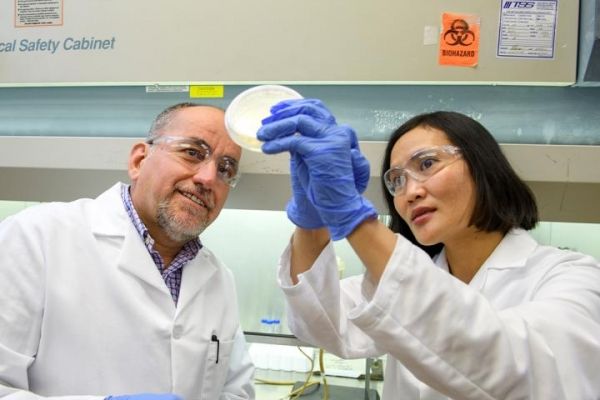Washington State University researchers have for the first time grown the bacteria in a laboratory that causes Citrus Greening Disease, considered the world’s most harmful citrus disease.
Being able to grow the elusive and poorly understood bacterium, Candidatus Liberibacter asiaticus (CLas), will make it easier for researchers to find treatments for the disease that has destroyed millions of acres of orange, grapefruit and lemon groves around the world and has devastated the citrus industry in Florida.
The researchers, including Phuc Ha, postdoctoral research associate, Haluk Beyenal, Paul Hohenschuh Professor in the Gene and Linda Voiland School of Chemical Engineering and Bioengineering, David Gang and Ruifeng He, from WSU’s Institute of Biological Chemistry, Anders Omsland, from the Paul G. Allen School for Global Animal Health, and researchers from the University of Florida and University of Arizona, report on their work in the journal, Biofilm.
WSU was selected three years ago for a $2 million U.S. Department of Agriculture grant to study the bacteria, in part, because Washington has no citrus industry. The disease, formally known as Huánglóngbìng, (HLB), is spread by Asian citrus psyllids insects. It attacks the vascular system of citrus trees and causes fruit to become green, misshapen, and bitter-tasting.
Read more at Washington State University
Image: Phuc Ha and Haluk Beyenal examine a bacterial culture in the laboratory. (Credit: WSU)


